Sustainability in the Kitchen: Different Methods of Storing Food and the Power of Beeswax Wraps
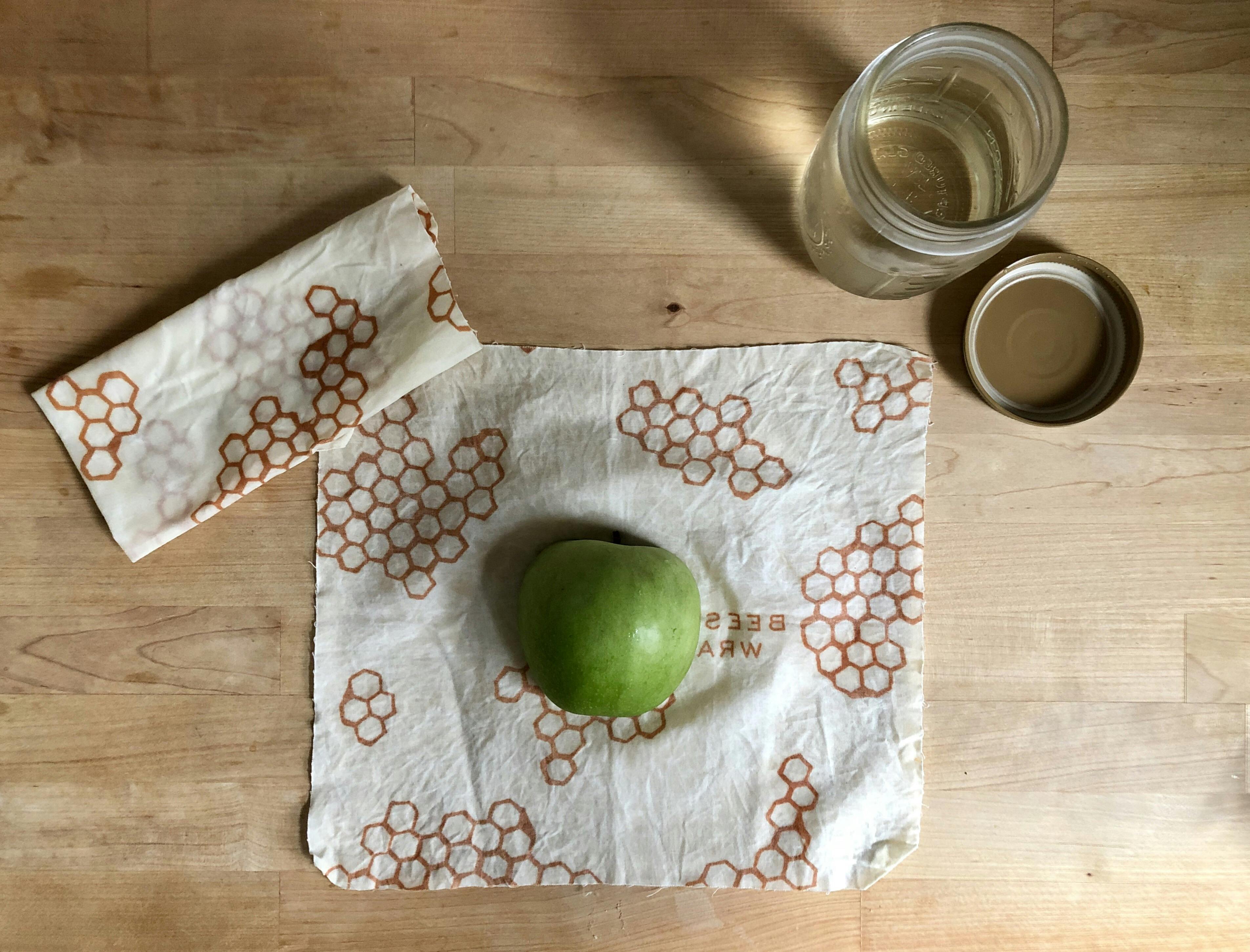
Understanding Beeswax Wraps
What is Beeswax Wrap?
For someone seeking good alternatives to single-use plastic in the kitchen, beeswax wrap is a fantastic option. These reusable beeswax wraps are a natural material, made by infusing cotton fabric with a blend of beeswax, pine rosin, and jojoba oil. The beeswax provides the wrap with its shape-holding properties while the pine rosin gives it a natural adhesive quality. These wraps come in different shapes and sizes to fit a variety of containers. From covering a bowl of leftover soup to wrapping a sandwich for lunch, or preserving the freshness of chopped veggies, these wraps are versatile. Their pretty patterns and designs also make them a charming addition to any kitchen.
Being a beeswax food wrap, it has breathable properties that help keep food fresher for longer. When used to store fruits, it maintains the fruit's natural moisture without creating a completely airtight seal. This feature also prevents dry foods stored in your pantry, such as bread or cookies, from becoming soggy. These wraps can be gently washed in cool water with mild soap, air-dried, and reused, making them long-lasting and reducing waste.
The Environmental Benefits of Beeswax Wraps
When we talk about the environmental benefits of beeswax wraps, it's a conversation about how we can protect the environment and reduce our carbon footprint. Every time I choose beeswax wraps over single-use plastic, I'm making a significant contribution to reducing plastic waste. Plastic takes hundreds of years to decompose and often ends up in our oceans, harming marine life. On the contrary, beeswax wraps are made from sustainable materials and can be composted at the end of their life cycle, leaving zero waste behind.
The switch to beeswax wraps is not just about my kitchen or food storage; it's about the planet. It's about realizing that even our small actions can make a big difference. It's not just about feeling good about reducing waste; it's also about ensuring a healthier environment for future generations.
Transitioning to Beeswax Wraps
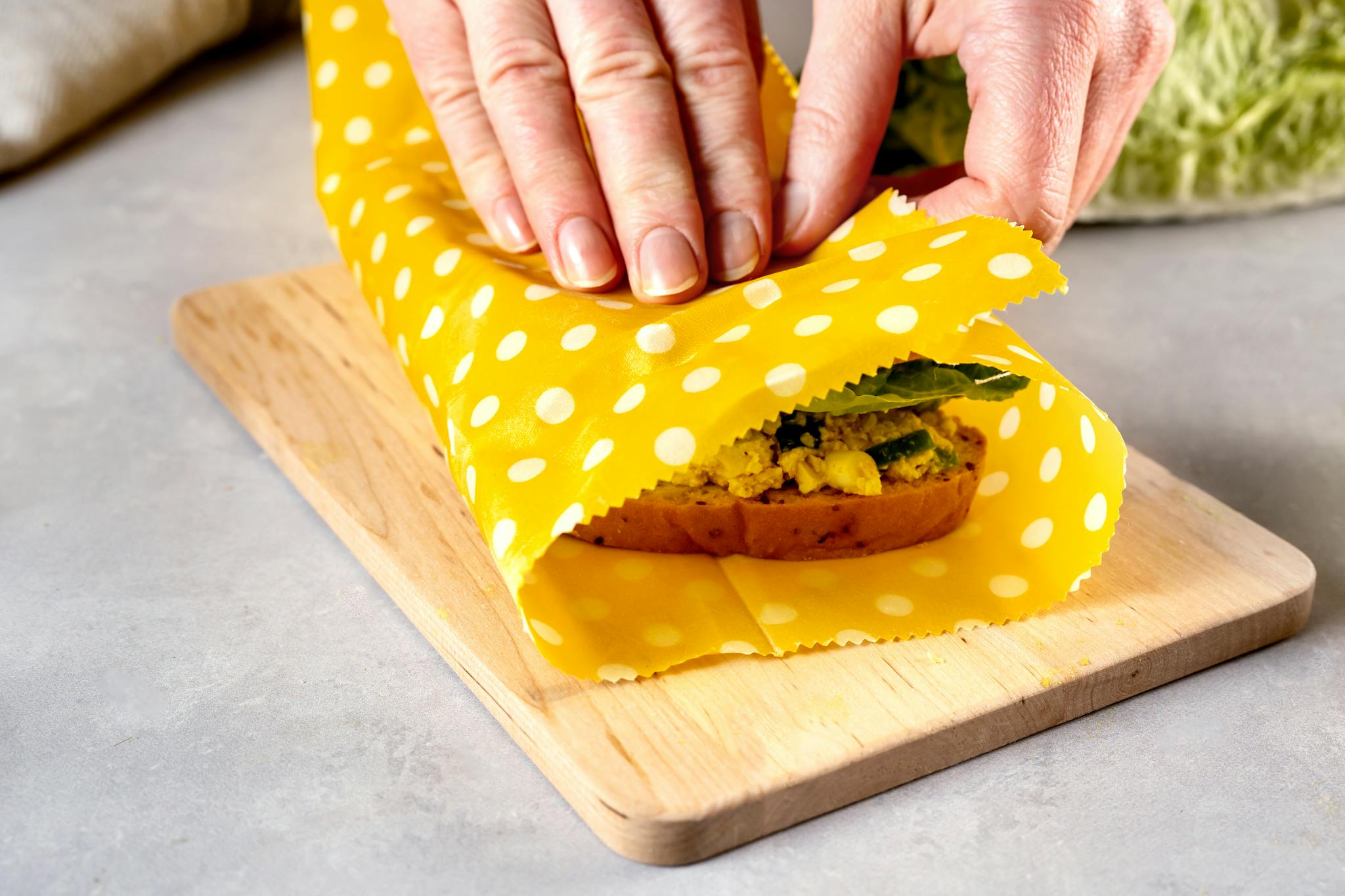
When Should You Use Beeswax Wraps?
When you start incorporating beeswax wraps into your routine, you'll find that they're incredibly versatile. These wraps can be used anytime you'd typically reach for plastic wrap. Covering a dish of leftovers, wrapping up a half-eaten piece of fruit, or storing a sandwich for lunch – beeswax wraps can do it all. The breathable property of the wraps helps to keep food fresher for longer. You can even use them to cover a jar without a lid or wrap a hunk of cheese to keep it from drying out in the fridge.
However, it's important to note that beeswax wraps may not be suitable for all types of food storage. They should not be used for storing raw meat or fish, and they're not recommended for use in the freezer. With a little practice, it's easy to figure out where these wraps fit best within your food storage routine.
How Can You Implement Beeswax Wraps in Your Kitchen?
Implementing beeswax wraps in my kitchen was easier than I thought. The wraps are self-sealing, thanks to the warmth of my hands, which moulds the wrap to the shape of the container or food I am storing. Whether it's a bowl, a dish or a piece of leftover fruit, the beeswax wrap moulds and seals perfectly. Also, these wraps are great for packing dry snacks for a trip to the grocery store or for my lunch at work.
I also use beeswax wraps as a cover for open cans, jars or bottles in my fridge. The wrap stays put and keeps the food fresher for longer. And when it comes to clean up, all it takes is a gentle wash with some cool water and a mild soap. Once it's clean, I simply let it air dry and it's ready to be used again.
Proper Care and Maintenance of Beeswax Wraps
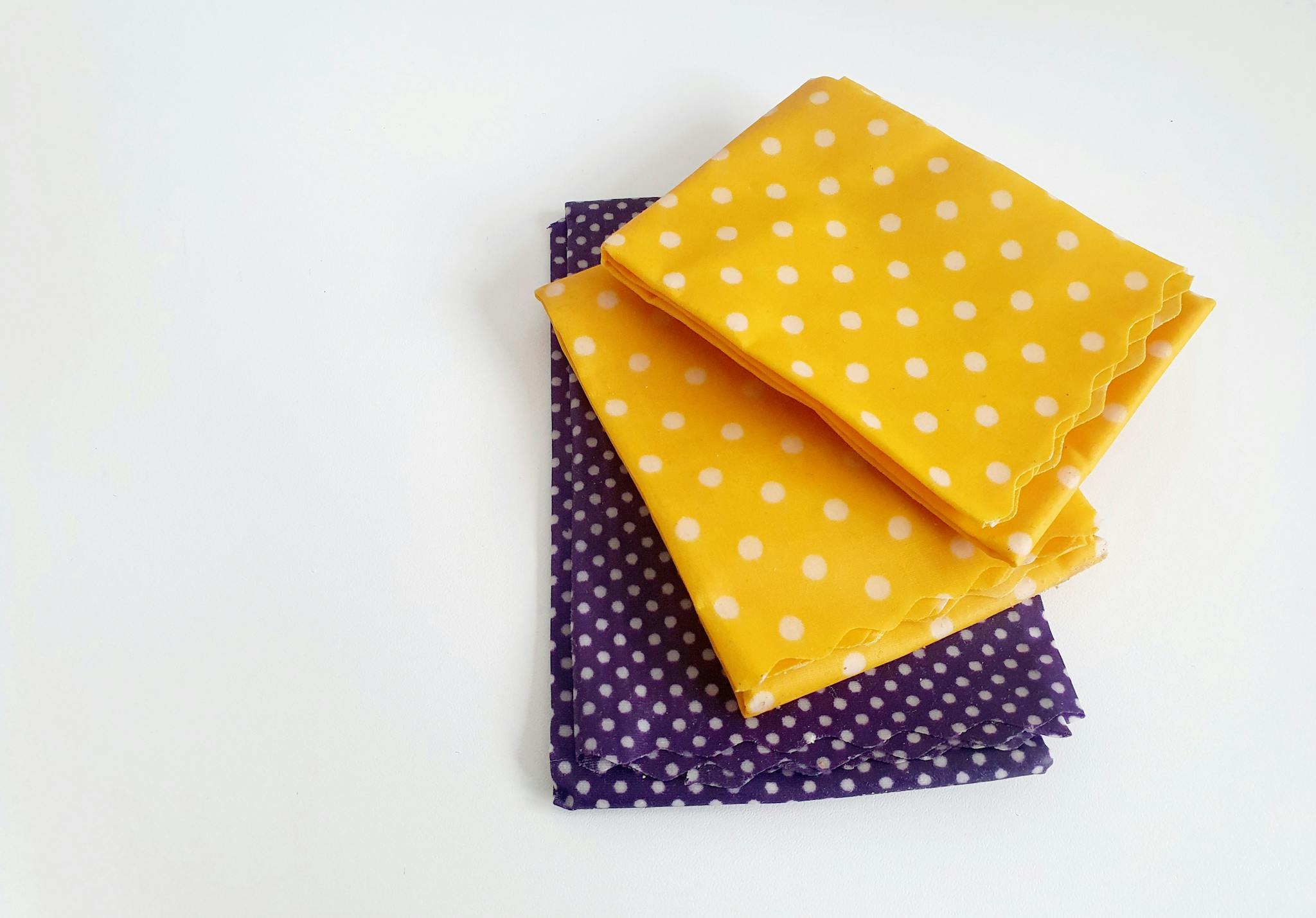
Extending the Lifespan of Your Beeswax Wraps
One of the things I love about beeswax wraps is how easy they are to care for, and with proper maintenance, they can last for a year or even longer. After each use, I wash them in cool water with a mild dish soap. Hot water is not recommended as it can cause the wax to melt. After washing, I air dry them before storing them for the next use.
If the wraps start losing their stickiness after a lot of use, I refresh them by putting them in a low-temperature oven for a few minutes to redistribute the wax. And if there's a stubborn stain that just won't come out, I simply cut that section off and continue using the rest of the wrap. All these practices contribute to extending the lifespan of my beeswax wraps.
Disposing of Beeswax Wraps Responsibly
When the wraps have finally worn out and can no longer be used for food storage, I ensure they are disposed of responsibly. Unlike plastic wrap, beeswax wraps can be composted, returning naturally to the earth without causing harm. If composting is not an option, another great way to make use of worn-out wraps is to cut them into strips and use them as fire starters. It's another small way I can contribute to a sustainable way of life, reducing waste and my environmental impact.
I'm conscious of the impact my actions have on the environment, and the disposal of these wraps gives me a feel-good moment, knowing that I'm not adding to the problem of plastic waste in our oceans. Even in their final stage, beeswax wraps remain a more eco-friendly food storage option.
The Wider Impact of Choosing Sustainable Storage Methods
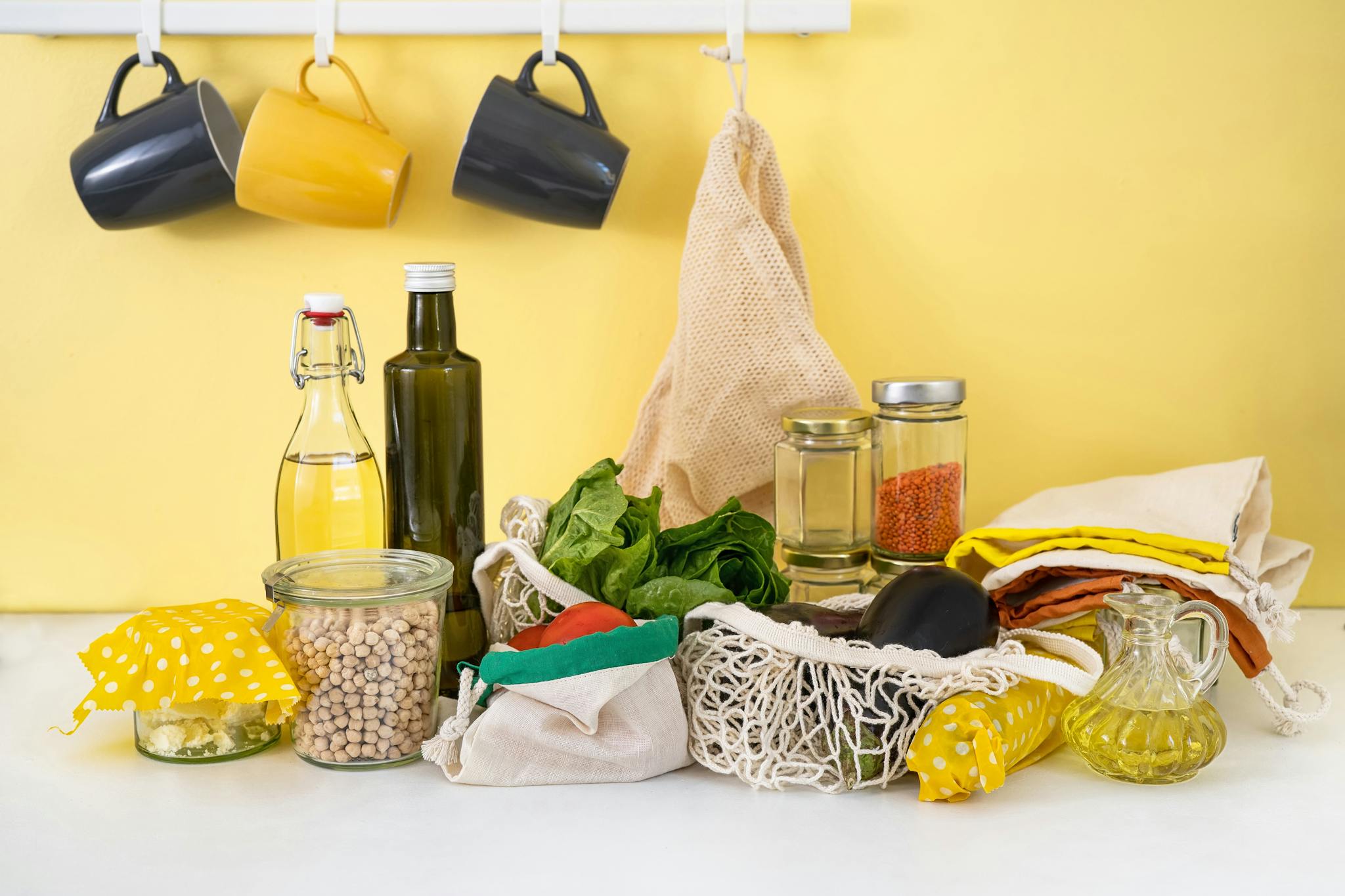
How Using Beeswax Wraps Reduces Your Carbon Footprint
Each time I choose beeswax wraps over plastic wrap, I know I'm making a difference. The manufacturing of plastic involves the emission of harmful greenhouse gases. Furthermore, plastic waste often finds its way into our oceans and landscapes, causing harm to wildlife and the environment. Every time I use a beeswax wrap instead of a plastic bag for storing my food, I'm actively reducing my carbon footprint.
But the impact doesn't stop in my kitchen. I've found that my decision to use beeswax wraps has inspired others in my circle to do the same. It's about creating a ripple effect, where the choice of one person can influence others, leading to significant change. A sustainable planet starts with individual actions and choices.
How Your Choices Influence the Sustainability Movement
By choosing beeswax wraps, I'm contributing to a larger movement towards sustainability. My actions are a statement that I care about the planet and its future. They also show that I am ready to make lifestyle changes for the sake of our environment. Every time I share my experience with others, I am raising awareness about sustainable alternatives and hopefully inspiring others to follow suit.
Even as I shop for groceries, I find myself choosing brands that align with my values, favouring those who prioritize sustainability in their packaging and processes. This is my way of voting for the kind of world I want to live in, and every little choice makes a big difference.
Additional Sustainable Practices for Your Kitchen
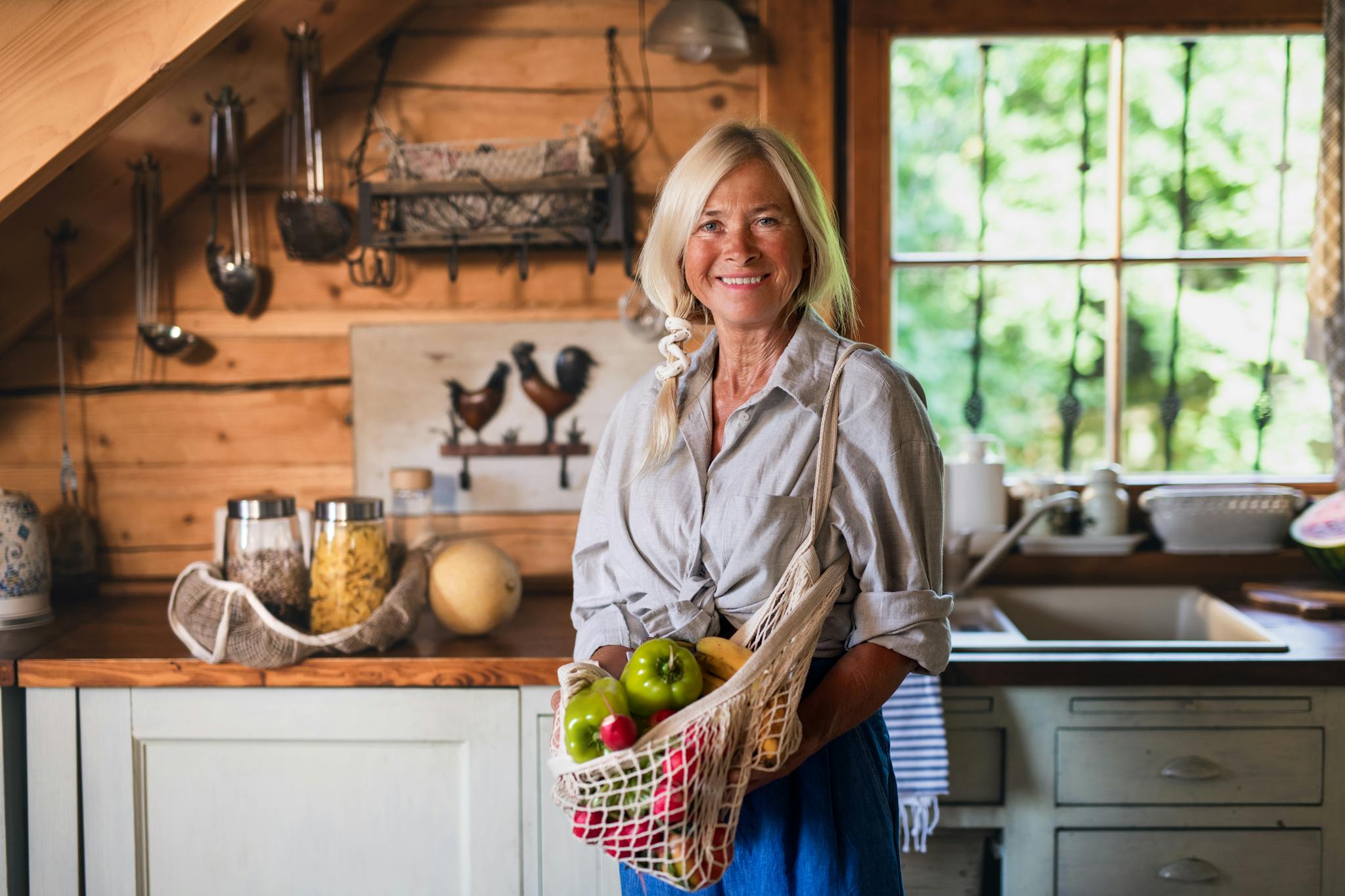
Alternatives to Single-Use Items
Embracing beeswax wraps has opened my eyes to other sustainable practices in the kitchen. I've found alternatives to other single-use items that used to fill my kitchen. I now prefer using a durable glass container instead of disposable plastic ones. When shopping, I carry reusable bags and avoid plastic bags. I've switched from paper towels to reusable cloths for cleaning. By incorporating these changes, I am reducing my kitchen waste and moving towards a zero-waste lifestyle.
These changes have also affected how I shop. I now opt for loose fruits and vegetables instead of those packaged in plastic. I also buy in bulk whenever possible, reducing packaging waste. It feels empowering to realize that my choices are making a difference.
Reducing Food Waste in Your Kitchen
Along with choosing sustainable storage options, reducing food waste is another significant step towards a more sustainable kitchen. I plan my meals in advance to avoid overbuying. I also make it a point to use the food I have at home before buying more. When cooking, I use the leftovers creatively to make new meals. Every step, however small, counts in the journey towards sustainability.
Composting is another practice I've embraced. Instead of throwing away kitchen scraps, I compost them. It not only reduces the amount of waste going to the landfill but also enriches the soil in my garden. It's a practice that goes hand in hand with my commitment to a more sustainable lifestyle.
Embracing a Sustainable Future
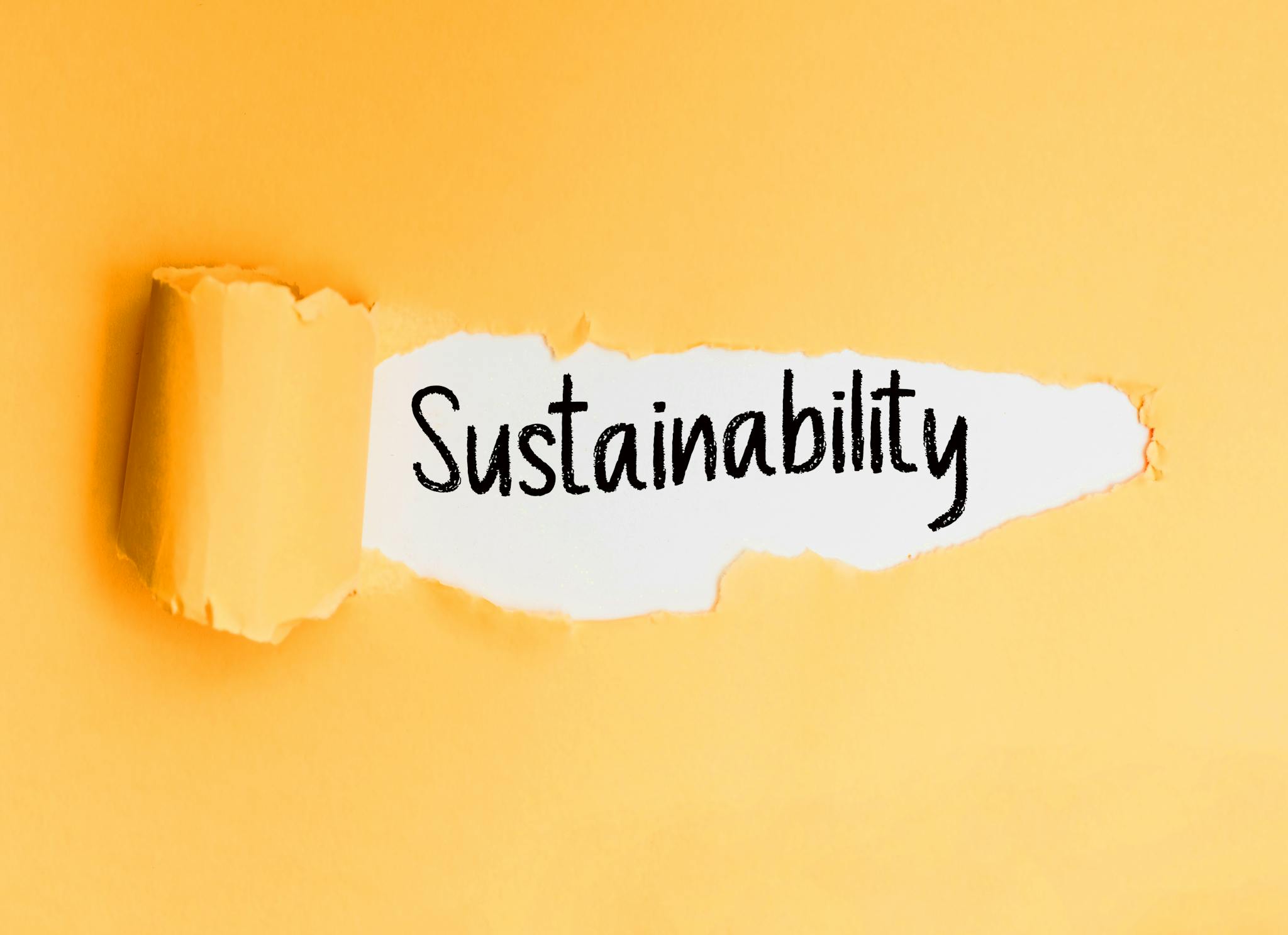
It all starts in our own homes. Choosing beeswax wraps is just one way to start making a difference. By being mindful of our choices, from food storage to waste management, we can significantly reduce our carbon footprint and contribute to a sustainable future. Every little change, every conscious choice adds up, creating a powerful ripple effect. So let's continue on this journey towards sustainability, knowing that our actions today will shape the world of tomorrow. The power to make a difference lies in our hands and our kitchens.
